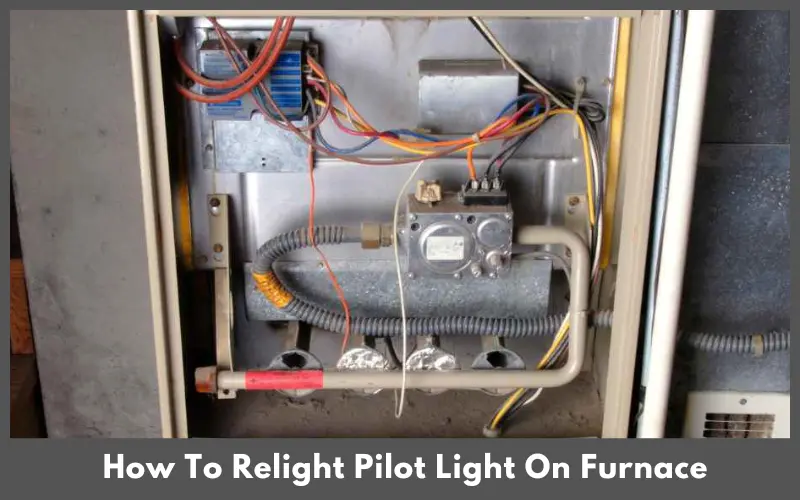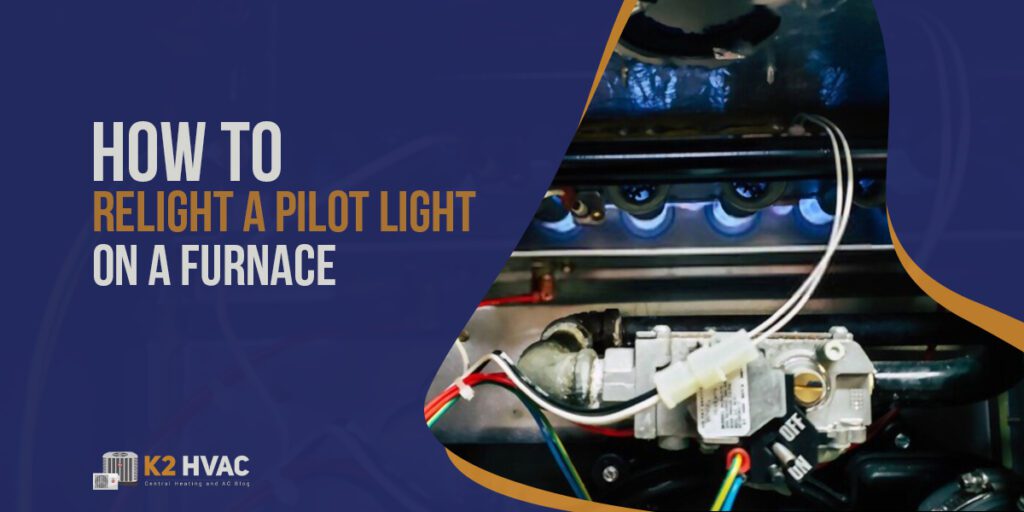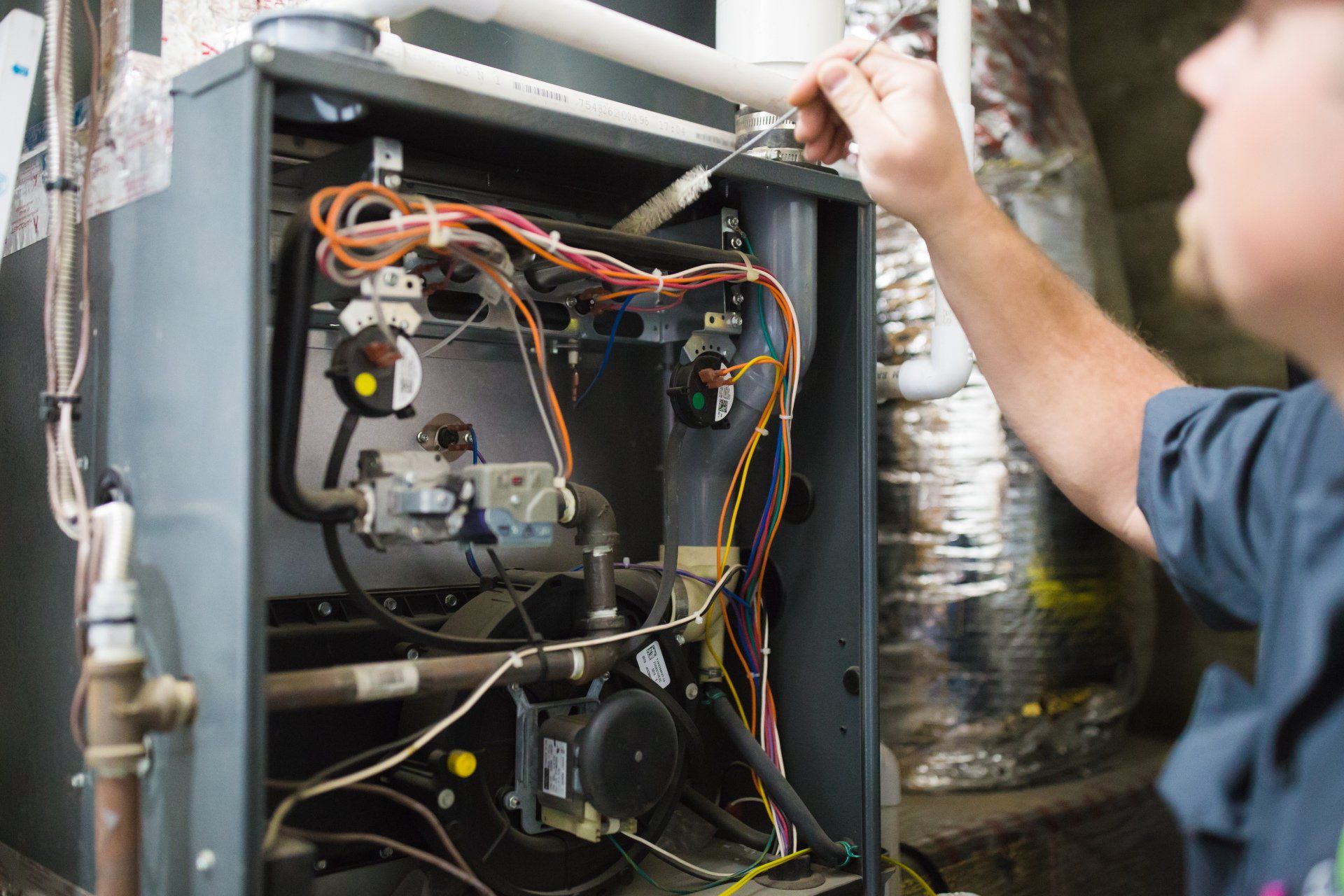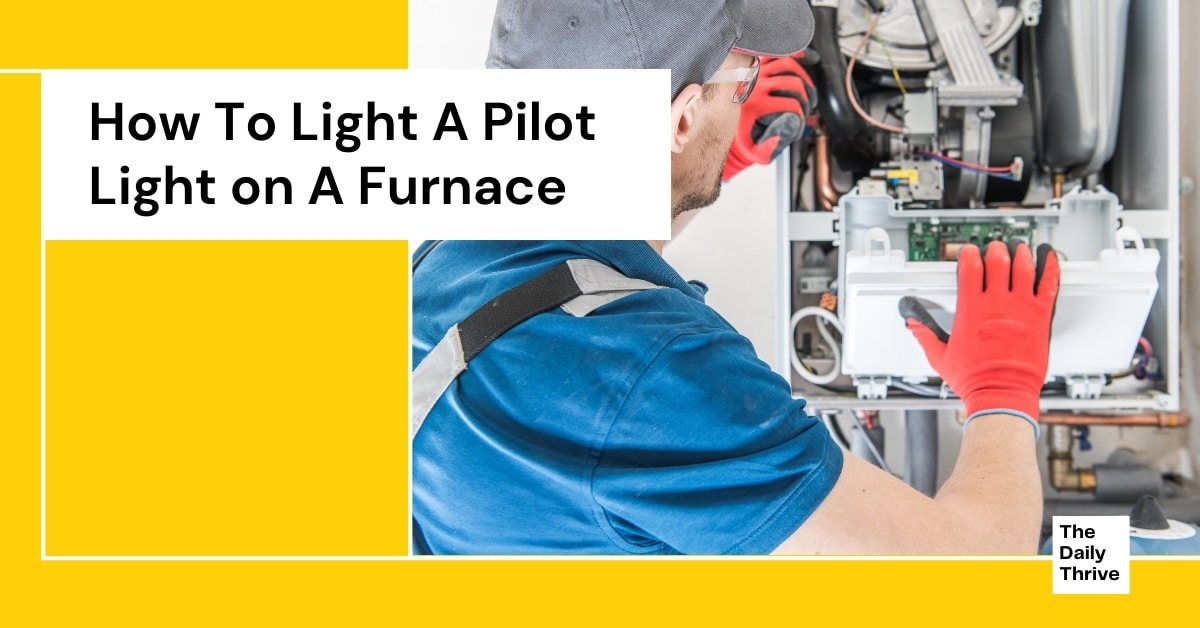How To Light A Pilot Light On A Furnace

Frequently Asked Questions About Lighting Your Furnace Pilot Light
Is your furnace not firing up? One common culprit is a pilot light that has gone out. Before calling a technician, you can often relight it yourself. This FAQ provides answers to common questions about safely and effectively lighting your furnace pilot light.
Q: What is a pilot light, and why does it go out?
The pilot light is a small, continuous flame that ignites the main burner in your gas furnace. Think of it as the spark that starts the engine. It provides a constant source of ignition. It's essential for your furnace to operate correctly.
Pilot lights can go out for several reasons, including:
- Gas Supply Issues: A temporary interruption in your gas service (e.g., due to maintenance) can extinguish the pilot light.
- Drafts: Strong drafts can blow out the delicate pilot flame.
- Dirty Pilot Assembly: Dust and debris can clog the pilot light assembly, preventing gas from flowing properly and causing the flame to go out.
- Faulty Thermocouple: The thermocouple is a safety device that senses the pilot flame. If it's not working correctly, it will shut off the gas supply to the pilot, preventing it from staying lit.
Q: How do I know if my pilot light is out?
The most obvious sign is that your furnace isn't producing heat. However, here are a few more specific indicators:
- Cold Air: If your thermostat is set to heat, but you're only getting cold air from your vents, the pilot light may be out.
- No Flame Visible: Most furnaces have a small viewing window where you can see the pilot light. Look for a small, blue flame. If you don't see one, the pilot light is likely out.
- Gas Smell: If the pilot light is out, you might smell a faint odor of gas. If you smell a strong gas odor, evacuate the area immediately and call your gas company or 911.
- Furnace Error Code: Some modern furnaces have digital displays that will show an error code indicating a pilot light issue. Consult your furnace's manual for specific error code meanings.
Q: What safety precautions should I take before lighting the pilot light?
Safety is paramount when dealing with gas appliances. Before you even think about lighting the pilot light, follow these crucial safety precautions:
- Turn Off the Furnace: Locate the power switch for your furnace and turn it OFF. This is usually a simple on/off switch located on the side of the furnace.
- Turn Off the Gas Supply: Find the gas shut-off valve located near the furnace (usually on the gas pipe leading to it). Turn the valve to the "OFF" position. The valve is usually perpendicular to the gas pipe when off.
- Ventilate the Area: Open windows and doors in the vicinity of the furnace to ensure proper ventilation. This will help dissipate any accumulated gas.
- Wait Five Minutes: Allow at least five minutes for any residual gas to dissipate before attempting to light the pilot. This waiting period is critical to avoid a potential explosion.
- No Open Flames or Sparks: During this process, avoid any open flames (candles, matches) or anything that could create a spark (lighters, static electricity).
- Have a Fire Extinguisher Nearby: Although unlikely, it's always a good idea to have a fire extinguisher rated for Class ABC fires readily accessible.
Q: What are the steps to light a furnace pilot light?
Once you've taken the necessary safety precautions, follow these steps to light your furnace pilot light. Always consult your furnace's manual for specific instructions, as procedures can vary slightly depending on the model.
- Locate the Pilot Light Assembly: This is usually located near the bottom of the furnace and is often behind an access panel. Look for a small metal box or a set of gas valves and pipes.
- Identify the Gas Valve Controls: You'll typically see a gas valve with three settings: "ON," "OFF," and "PILOT." There will also be a button you need to depress.
- Turn the Gas Valve to the "OFF" Position: Ensure the gas valve is in the "OFF" position. This should already be done from the safety precautions.
- Press and Hold the "PILOT" Button: Turn the gas valve to the "PILOT" position and depress the "PILOT" button. Continue holding the button down throughout the next steps. This allows gas to flow to the pilot light.
- Light the Pilot Light: While holding the "PILOT" button down, use a long lighter (a barbecue lighter is ideal) or a long match to ignite the pilot light. Position the flame near the pilot light opening. You should see a small, blue flame ignite.
- Continue Holding the "PILOT" Button: Keep holding the "PILOT" button down for 30-60 seconds. This allows the thermocouple to heat up. The thermocouple is a safety device that senses the pilot flame and keeps the gas valve open. If the thermocouple doesn't get hot enough, it will shut off the gas supply.
- Release the "PILOT" Button: After 30-60 seconds, slowly release the "PILOT" button. If the pilot light stays lit, congratulations! You've successfully relit the pilot light. If the pilot light goes out, repeat steps 4-6. If it continues to go out, there may be a problem with the thermocouple or another component, and you should consult a qualified technician.
- Turn the Gas Valve to the "ON" Position: Once the pilot light is burning steadily, carefully turn the gas valve to the "ON" position.
- Turn the Furnace Back On: Turn the power switch for the furnace back to the "ON" position.
- Test the Furnace: Set your thermostat to a temperature higher than the current room temperature. The furnace should now ignite and start producing heat.
Q: What if the pilot light won't stay lit?
If you follow the steps above and the pilot light keeps going out, it indicates a problem that you may not be able to resolve yourself. Here are some common reasons why the pilot light won't stay lit:
- Faulty Thermocouple: This is the most common reason. The thermocouple is responsible for sensing the pilot flame and keeping the gas valve open. If it's not working correctly, it will shut off the gas supply even if the pilot light is lit. A faulty thermocouple usually needs to be replaced by a qualified technician.
- Dirty Pilot Orifice: The pilot orifice is a small opening that allows gas to flow to the pilot light. If it's clogged with dust or debris, it can restrict the gas flow and cause the pilot light to go out. You can try cleaning the orifice with a small wire or compressed air, but be very careful not to damage it. If you're not comfortable doing this, call a technician.
- Weak Gas Pressure: If the gas pressure to your home is too low, it may not be enough to keep the pilot light burning steadily. Contact your gas company to check the gas pressure.
- Drafts: Even a small draft can blow out the pilot light. Check for any drafts near the furnace and try to eliminate them.
- Faulty Gas Valve: In rare cases, the gas valve itself may be faulty. This is a more complex problem that requires professional diagnosis and repair.
Q: When should I call a professional?
While relighting a pilot light is often a simple task, there are situations where it's best to call a qualified HVAC technician. Call a professional if:
- You smell a strong gas odor: As mentioned before, if you smell a strong gas odor, evacuate the area immediately and call your gas company or 911.
- You're uncomfortable working with gas appliances: If you're not comfortable following the steps outlined above, don't hesitate to call a professional. It's better to be safe than sorry.
- The pilot light won't stay lit after multiple attempts: If you've tried relighting the pilot light several times and it keeps going out, there's likely a more serious problem that requires professional diagnosis and repair.
- You notice any signs of damage to the furnace or gas lines: If you see any signs of damage, such as corrosion, leaks, or cracks, call a professional immediately.
- You're not sure what to do: If you're ever unsure about any aspect of working with gas appliances, it's always best to err on the side of caution and call a professional.
- The furnace isn't working properly even after the pilot light is lit: If you get the pilot light lit, but the furnace still isn't heating properly, there could be other issues at play.
Q: Are there any preventative measures I can take to keep my pilot light from going out?
While you can't guarantee your pilot light will never go out, here are a few preventative measures you can take to minimize the chances:
- Schedule Regular Furnace Maintenance: Annual furnace maintenance by a qualified technician can help identify and address potential problems before they cause the pilot light to go out. A technician will clean the pilot assembly, check the thermocouple, and ensure that all components are working properly.
- Keep the Furnace Area Clean: Dust and debris can clog the pilot orifice and other components, so keep the area around the furnace clean.
- Protect Against Drafts: Try to eliminate any drafts near the furnace.
- Consider a Furnace with Electronic Ignition: Modern furnaces often use electronic ignition instead of a pilot light. Electronic ignition systems are more energy-efficient and eliminate the risk of a pilot light going out. If you're replacing your furnace, consider a model with electronic ignition.
- Properly Insulate your home: This helps prevent the furnace from working overtime which can help to preserve it for longer.
Remember, safety is always the top priority when dealing with gas appliances. If you're ever unsure about anything, call a qualified HVAC technician.










